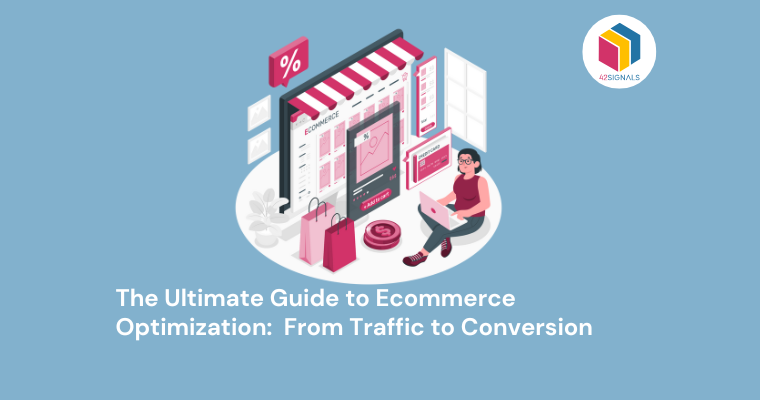For an emerging digital-first or brick-and-mortar business, conducting market research is a crucial first step toward success. A close second would be performing a thorough competitor analysis. This involves more than just a cursory glance at competitors’ social media and websites; it requires an in-depth understanding of the other players in the market, their marketing strategies, and their target audience. A study by Emerald found over 90% of Fortune 500 companies use competitive analysis to stay current and effective.
To begin this process, it’s essential to identify your competitors. Should you be looking at the industry giants who have been in the market for decades and have built a large customer base? Or would it be more beneficial to focus on businesses like yours catering to the same audience segment? Answering these questions early on can provide you with the right insights to drive your brand forward.
Details about your competitors, such as their past strategies, historical performance, the platforms they’re on, and their advertising efforts, as well as their closest competitors, are all data points to consider when gathering data for your business. Brand competitor analysis and brand monitoring allow you to benchmark your business against your competitors in the same segment and set ambitious goals for your business to achieve. Knowledge of their past achievements can help you emulate their successes while being mindful of their failures.
Let’s look at how brand competitor analysis can unlock your competitor’s secrets and give you an advantage.
Direct and Indirect Competitors
Knowing your direct and indirect competitors is crucial as they are targeting the same audience and solving similar problems. Direct competitors offer the same product or service as your brand, while indirect competitors solve the same problem as your business. To differentiate between the two, refer to this insightful article by HubSpot.

Source: HubSpot
Brand monitoring competitors’ activities by conducting thorough research on your competition can help identify gaps in your brand’s strategies and refine your marketing approach. For example, let’s say your direct competitor offers a lower price point, and your indirect competitor offers a better product or service. Your brand can leverage this knowledge to develop a unique selling proposition that combines both aspects to offer a high-quality product at an effectively priced point. This can help your brand differentiate itself from the competition and attract a larger customer base.
There are several ways to identify competitors, such as:
- Conducting a Google search using relevant keywords
- Checking industry directories and listings
- Analyzing social media pages and hashtags
- Examining customer reviews and ratings
- Using competitor analysis tools such as SEMrush and Ahrefs
SWOT Analysis
Once you’ve identified all your competitors, it’s time to perform a SWOT analysis. Usually adopted to assess your own organization, the framework is extremely effective to analyze the competition and see where they stand. Knowing their Strengths (S), Weaknesses (W), Opportunities (O), and Threats (T) can be an instrumental tool in determining new or existing areas to capitalize on.
A SWOT Analysis helps –
- Identify competitor strengths – brand perception and recognition, customer base and loyalty, and their added value or USP (Unique Selling Proposition).
- Know competitor weaknesses – product or service gaps, bad customer experience, a below-average product, or even a limited product range.
- Recognize opportunities – areas to increase market share by developing new product lines, adopting emerging technologies, or even keeping up with the changing demands and preferences of customers.
- Monitor threats – keep an eye out for any new brand entering the market, possible economic downturns that may affect both your business and your competitors; any operational changes your competitors may make to attract more customers or even steal your existing ones.

Source: Venngage
Competitive Advantage
With the above knowledge of all your competitors and their strengths, weaknesses, opportunities, and threats, your brand can establish a unique advantage over other businesses in the sector. This exercise goes hand in hand with analyzing your competitors’ set of advantages so that your business can succeed despite market challenges.
A few common types are –
- Cost advantage – Pricing your product lower than competitors can be an effective strategy to attract price-sensitive customers and increase sales. However, it is important to ensure that the lower price point does not compromise the quality of your product or negatively impact your profit margins.
- Differentiation advantage – Creating a product or service that stands out from what competitors are offering can give you a distinct advantage. Creating a unique product or service can differentiate your brand from the competition, attract new customers, and build a loyal following.
- Technological advantage – By offering innovative products or services that incorporate cutting-edge technology or superior performance, your business can gain a competitive edge and attract customers who value forward-thinking and quality giving you an edge over the competition.
- Customer service advantage – To distinguish your business and foster customer loyalty, it is essential to provide a unique and seamless buying experience across all touchpoints. Additionally, maintaining excellent customer service even after the purchase can significantly impact customer satisfaction and retention.
Conclusion
Brand competitor analysis is a crucial aspect for any business operating in today’s marketplace. An e-commerce analytics tool such as 42Signals can reduce the headache of individually performing all these time-consuming exercises by providing comprehensive data about your brand and your competitors. The platform can also help you accurately monitor your competitor’s pricing strategies across marketplaces and even provide in-depth data on the performance and customer sentiments on individual products.
To know more about our product, contact our team at sales@42signals.com





